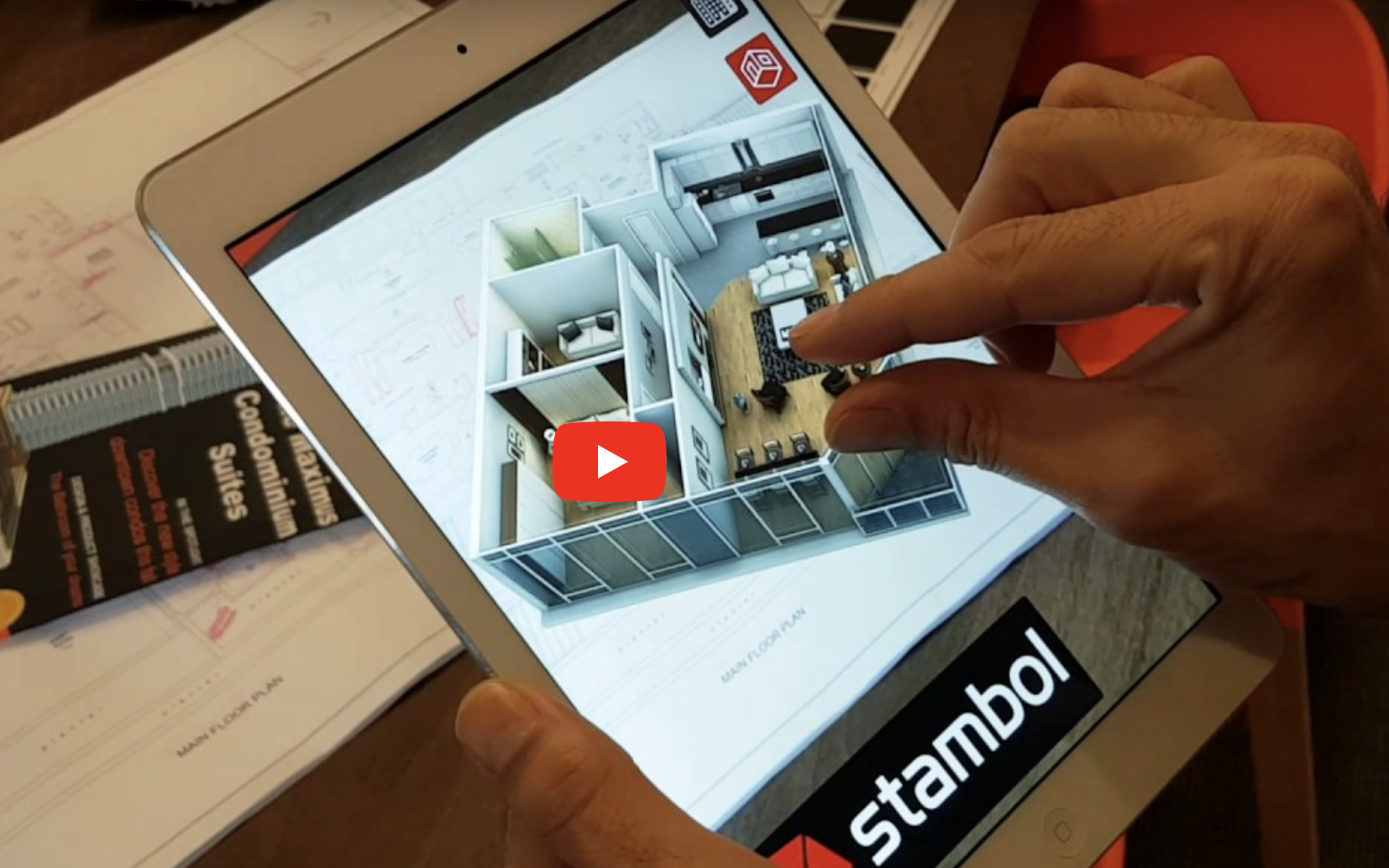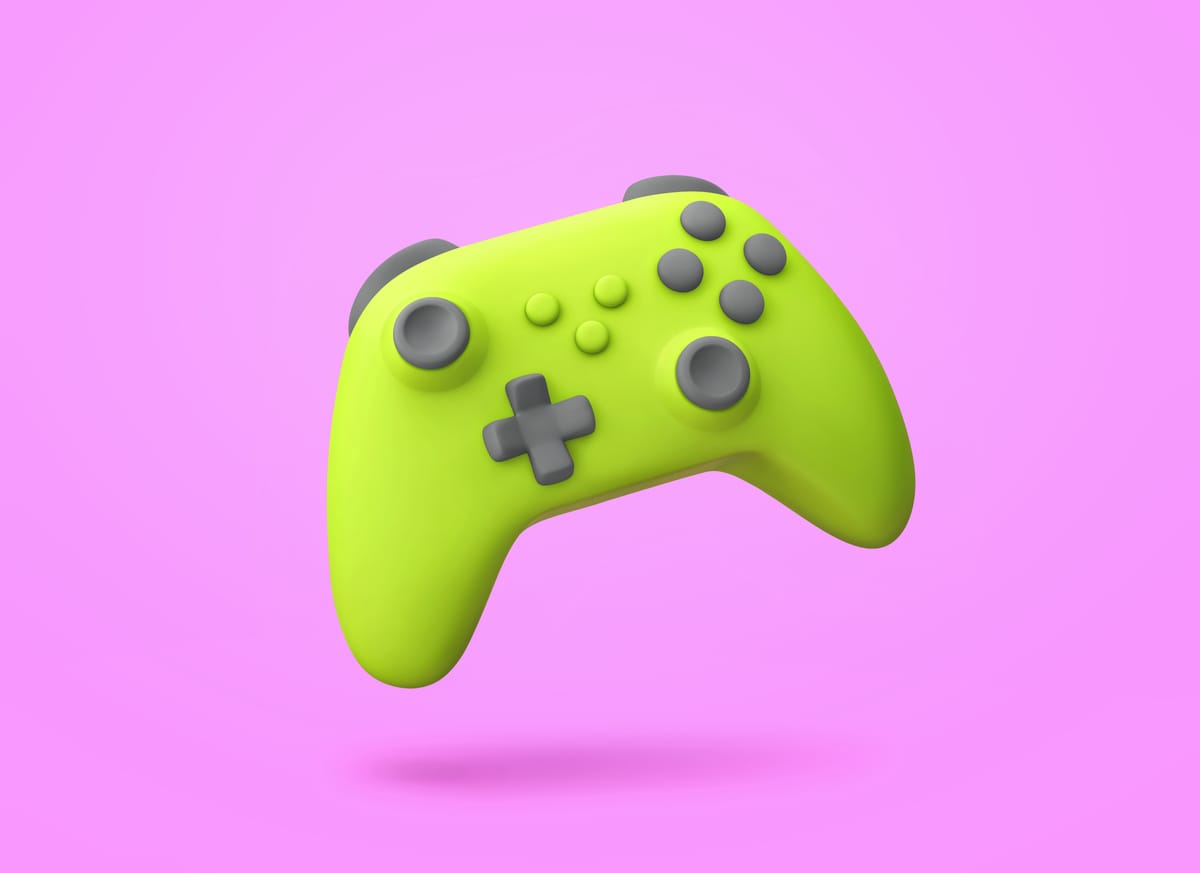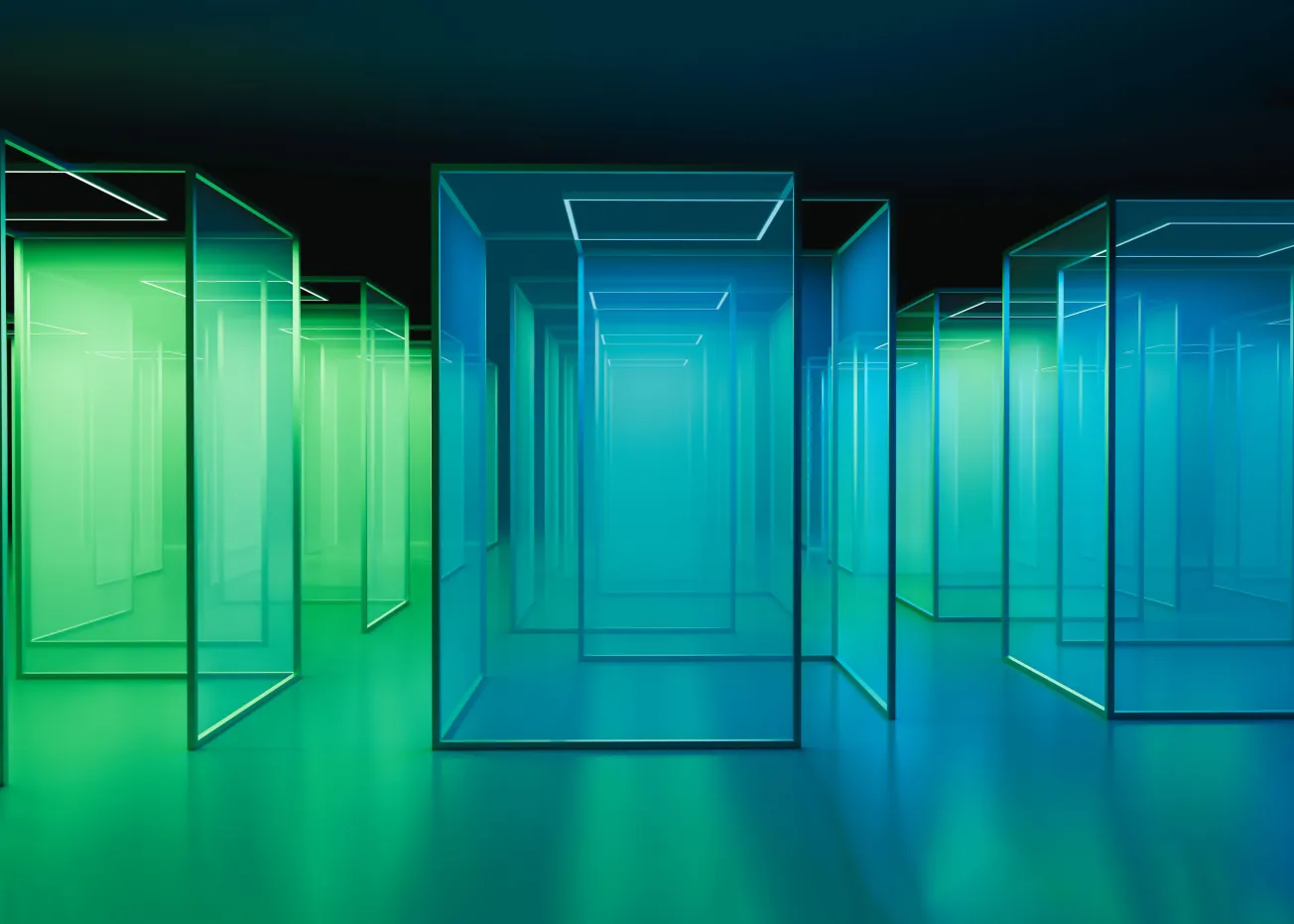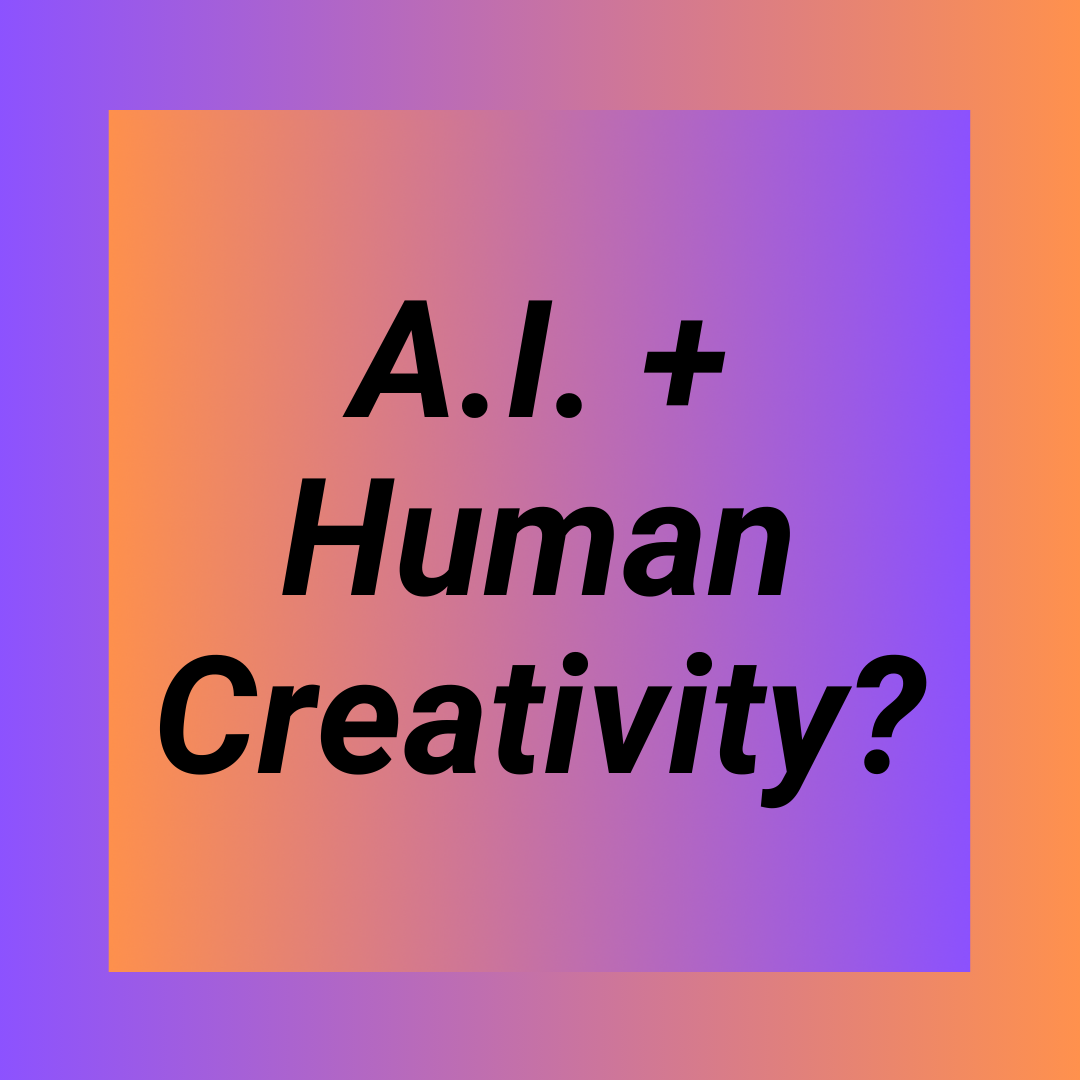AR and VR are transforming the design and prototyping landscape, enabling designers to visualize and iterate their creations like never before. Designers can step into virtual environments to test and refine their concepts, experiencing them at scale and in realistic settings. With virtual prototyping, iterations are faster, costs are reduced, and design flaws are identified earlier in the process. AR also offers the ability to overlay virtual elements onto the real world, allowing designers to visualize how their creations will fit within existing environments. By harnessing the power of AR and VR, the design process becomes more efficient, intuitive, and visually compelling. This dynamic fusion of technology not only accelerates the development of products but also enhances collaboration among design teams, stakeholders, and clients.
Incorporating AR and VR into the design and prototyping phases opens up a new realm of possibilities. Designers can create interactive and immersive presentations for clients, enabling them to grasp the design concept and its real-world implications fully. Clients can virtually "walk through" architectural plans or interact with product prototypes, making informed decisions early in the process. This level of engagement not only strengthens client-designer relationships but also ensures that projects align closely with client expectations.

Moreover, AR and VR technologies offer a bridge between the digital and physical worlds, allowing designers to address challenges that arise during the transition from virtual models to tangible products. By identifying potential discrepancies and refining designs in the virtual environment, designers can minimize costly modifications later in the process. This proactive approach not only saves time and resources but also contributes to a more sustainable and streamlined design cycle.
The impact of AR and VR extends beyond individual projects—it has the potential to revolutionize entire industries. For instance, architectural firms can create interactive walkthroughs of buildings that are still in the planning phase, giving potential buyers a realistic sense of the space. In the automotive industry, manufacturers can virtually test different materials and components to optimize performance and safety. Medical device designers can simulate user interactions to ensure ergonomic and user-friendly products. The applications are vast, spanning across sectors and revolutionizing how innovation takes place. Additionally, the synergy between AR, VR, and Artificial Intelligence (AI) is poised to redefine design prototyping. AI-driven simulations and generative design algorithms can work hand in hand with AR and VR, offering designers predictive insights and innovative design alternatives.

As AR and VR technologies continue to evolve, designers are also presented with the challenge of mastering these tools effectively. Acquiring the necessary skills to create, manipulate, and navigate virtual environments becomes essential for staying competitive in the field. Education and training initiatives that equip designers with AR and VR proficiency are crucial for unlocking the full potential of these transformative technologies.
The integration of AR and VR into the design and prototyping process marks a paradigm shift in how we bring imagination to reality. By immersing designers and clients in dynamic virtual experiences, these technologies enhance collaboration, accelerate iterations, and improve decision-making. The benefits ripple through industries, enabling more accurate planning, reducing costs, and fostering innovation. As the capabilities of AR and VR continue to advance, so too will the boundaries of what we can achieve in design and prototyping.





